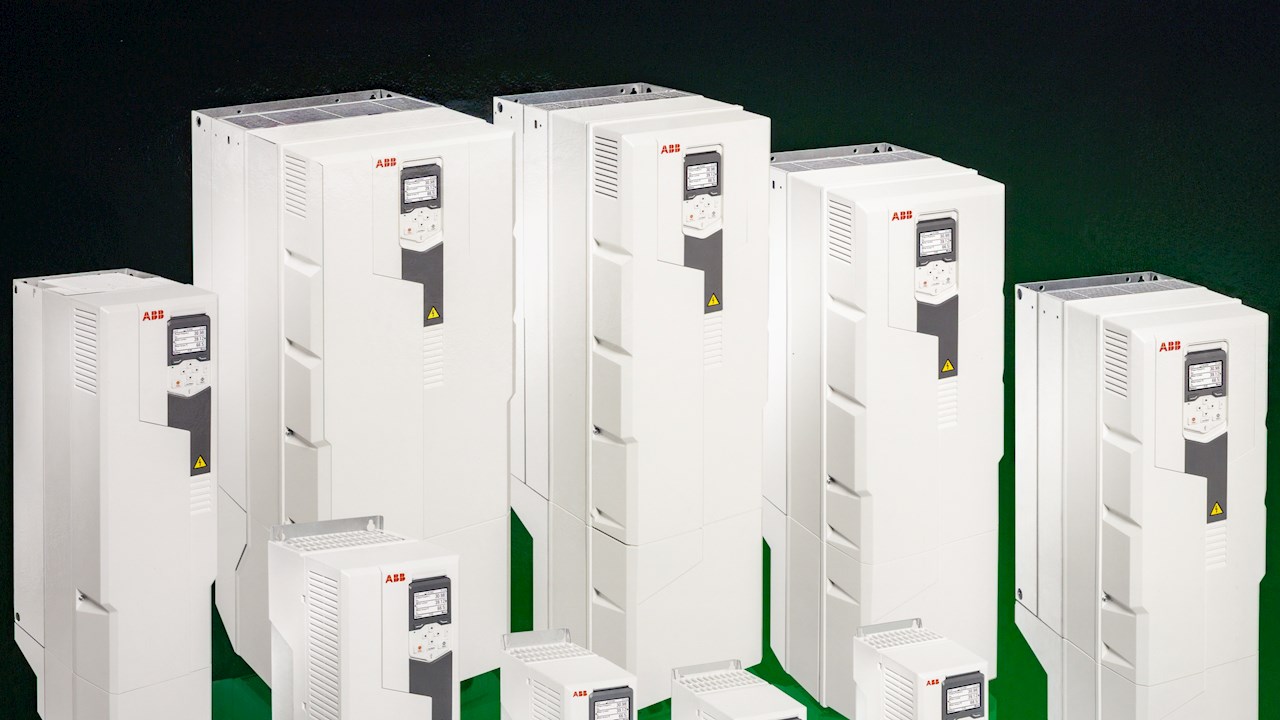October 2025 marks the 50th anniversary of the Low Voltage Variable Speed Drive (LV VSD), which was used in a commercial application for the first time at a sawmill in Finland, in 1975. It was developed in the 1970s by Strömberg, a predecessor to today’s global motor and drives industry leader, ABB.
The LV VSD addressed a long-standing limitation of the traditional squirrel-cage induction motor, which had remained fixed-speed since its invention by Nikola Tesla in 1888. Prior to the introduction of VSDs, adjusting motor performance for variable loads typically relied on mechanical throttling methods, such as dampers or valves - solutions that did little in terms of energy efficiency.

“For 50 years, ABB’s low voltage drives have been a part of many era-defining technologies and breakthroughs, from electric public transport to today’s push for energy-efficient, low-carbon industries. Before the VSD, getting a fixed-speed motor to deliver the right output was like driving your car with your foot all the way down on the accelerator, and braking at the same time to control your speed,” explains Tuomo Hoysniemi, President of Drive Products at ABB.
“Commercially, this is an incredibly expensive problem, but in terms of energy efficiency, it’s even worse. With a Variable Speed Drive, you can be precise about output, dramatically improving industrial energy efficiency. Low voltage VSDs were a major breakthrough. They have since become the gold standard and have seen wider and faster adoption, but still to this day, less than 25% of industrial motors worldwide are connected with a drive.”





.png)
%20(20).png)
%20(19).png)
%20(18).png)
%20(2).png)
%20(4).png)
%20(5).png)
%20(10).png)
.png)
%20(1).png)
%20(10).png)
%20(8).png)
%20(7).png)
%20(2).png)
.png)
%20(1).jpg)
%20(6).png)
%20(5).png)
%20(4).png)
%20(3).png)
%20(1).png)
.png)



.png)

%20(1).png)
.png)
.png)
%20(2).png)
.png)

.png)












